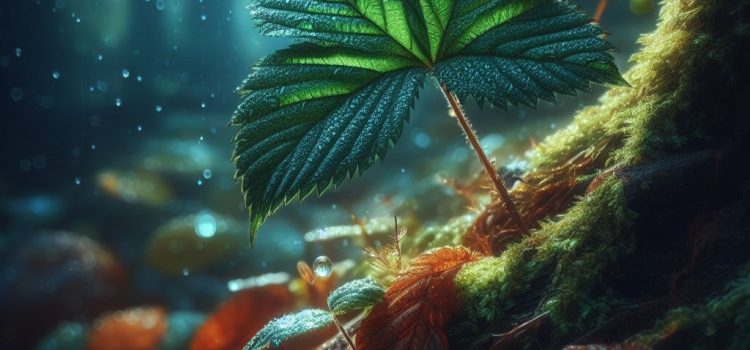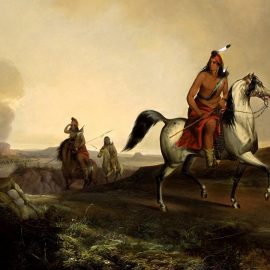
What was it like in America before colonization? How did Native Americans live?
America, before colonization, was a collection of richly developed, sophisticated nations that cultivated the land and lived sustainably. When you look at evidence of how people lived, you can see how the idea that indigenous people were uncivilized is a myth.
Keep reading to see how Native Americans lived and why it matters to have an accurate historical picture.
Before Colonization
Many people believe indigenous Americans were inferior to the Europeans who colonized them and don’t understand the processes that led to colonization. In this article, we’ll give an overview of life in America before colonization and discuss the sophistication of indigenous American societies.
Life in Precolonial America
According to popular historical myths, Native Americans were primitive and nomadic prior to colonization, but evidence suggests the opposite. She says early native peoples, like the Maya and Aztec, built numerous societies in Mesoamerica (a region containing the southernmost parts of North America and most of Central America). From there, migrants eventually populated the entire northern continent, with about 100 million people forming stable indigenous nations by the late 1400s. These cultures were as sophisticated as any other—they built cities with grand architecture, studied science and religion, and established complex governments based on communal decision-making, economies, and trade routes.
(Shortform note: Historians explain that while early American peoples lived primitive, nomadic lifestyles, this changed 1,000 to 3,000 years ago during the Woodland Period. Indigenous peoples began forming more-stable communities near rivers, where they could more easily collect and store nuts and seeds. This reduced the need to leave home in search of food. Then, during the Mississippian Period that immediately followed, indigenous Americans began practicing agriculture and developed other technologies that enabled them to form even more solidly established communities. Some experts believe that as indigenous settlements became more stable, their cultures grew more sophisticated.)
Experts also dispute the myth that the American wilderness was untouched prior to colonization, citing evidence to the contrary. For example, native peoples used fire to modify the landscape to facilitate hunting and transporting animals, as well as to create roadways through forestland. Many historians believe European colonization was successful only because Native Americans worked with the land to meet their needs—settlers were able to appropriate indigenous agricultural practices, wilderness management techniques, and roadways for their own survival.
(Shortform note: In Braiding Sweetgrass, Robin Wall Kimmerer explains that Native Americans have traditionally practiced mutual care with the environment, which means acting in ways that benefit both humans and the environment. For example, she says some indigenous peoples practice honorable harvesting by replenishing materials they take from the environment. Because they emphasize sustainability, Native American land stewardship techniques helped keep the American environment healthy until European colonizers took over and disregarded some of their practices. For example, Europeans rejected the use of fire to modify landscapes, which has contributed to major wildfire disasters in the modern day.)






